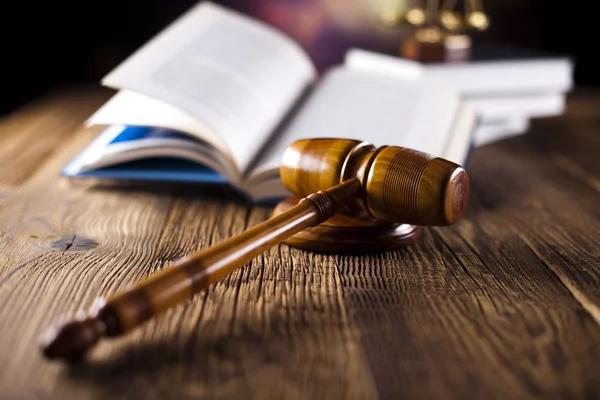
Counterfeit goods have become a pervasive global problem, posing significant challenges to manufacturers of original products and causing substantial financial losses. Counterfeiting is not limited to luxury items such as designer clothing and accessories; it has infiltrated almost every product sector, including electronics, automotive parts, pharmaceuticals, food and beverages, among others. The implications of counterfeit goods extend beyond economic loss; they also pose serious health and safety risks to consumers who unknowingly purchase these inferior quality products.
The legal response to counterfeiting is complex due to the international nature of the crime. National laws vary widely in their approach to combating counterfeit goods. Some countries have stringent penalties for producing or selling counterfeit items while others may lack the necessary legislation or enforcement mechanisms.
In many jurisdictions, intellectual property rights (IPR) laws are used as a primary means of combatting counterfeiting. These laws protect trademarks, copyrights, patents, and designs from being exploited by counterfeiters. When these rights are violated through the production or sale of counterfeit goods, legal action can be taken against those responsible.
However, enforcing IPR laws can be challenging due to numerous factors such as cross-border operations of criminals involved in counterfeiting activities which often make it difficult for law enforcement agencies to apprehend them. Furthermore, there’s also an issue with identifying fake products as they are becoming increasingly sophisticated making it harder for consumers and even experts sometimes unable distinguish between genuine and fake items.
To address this growing problem on a global scale requires cooperation between governments around the world. International organizations such as Interpol and World Customs Organization play crucial roles in coordinating efforts among member countries in fighting against counterfeits by sharing information about emerging trends in counterfeiting activities and providing training programs for customs officers on how to identify fake goods.
Moreover, manufacturers too have a role in combating this menace by investing more resources into developing advanced anti-counterfeit technologies that make it harder for their products to be replicated. They can also work with law enforcement agencies to track down counterfeiters and bring them to justice.
In conclusion, the problem of counterfeit goods is a serious one that requires concerted efforts from all stakeholders – governments, international organizations, manufacturers and consumers alike. The legal response needs to be robust and adaptable in order to keep pace with the evolving tactics used by counterfeiters. While significant challenges remain, through global cooperation and commitment, it is possible to stem the tide of counterfeiting and protect both businesses and consumers from its harmful effects.
